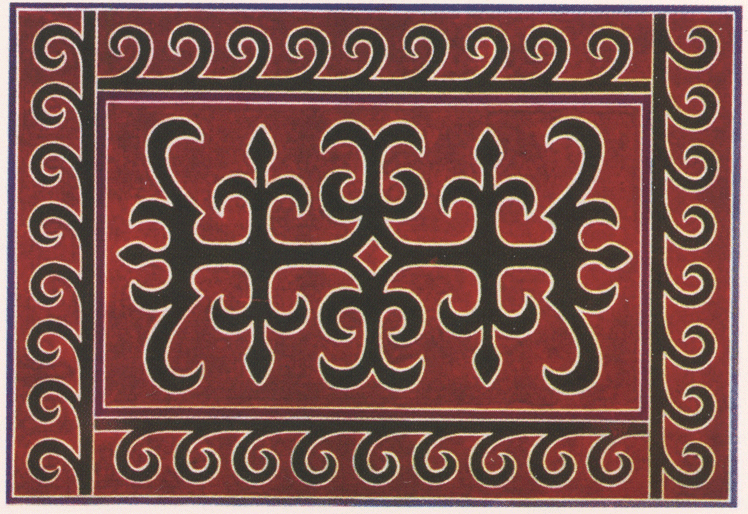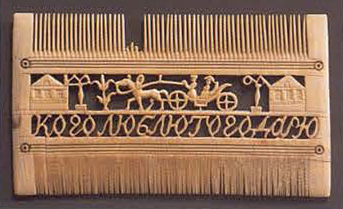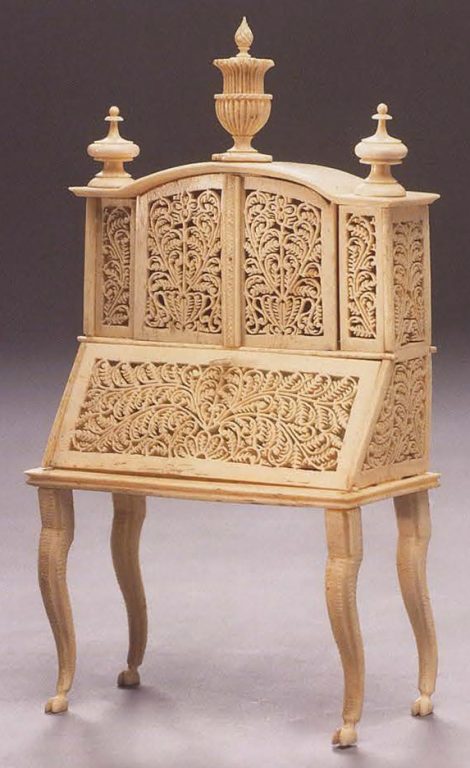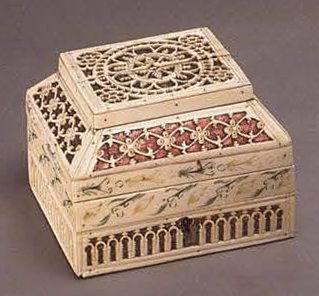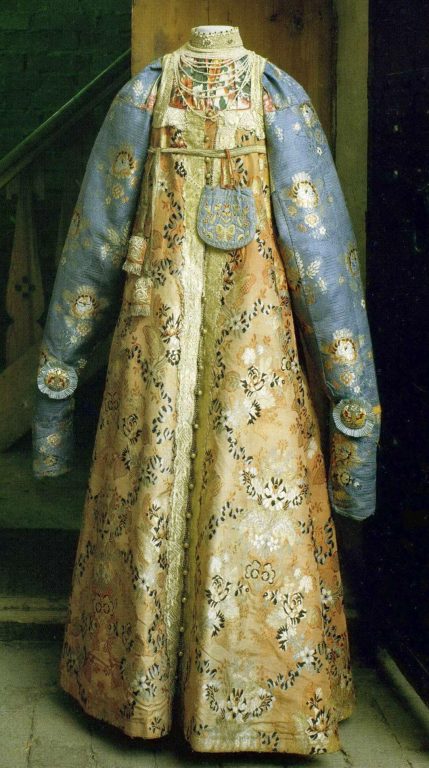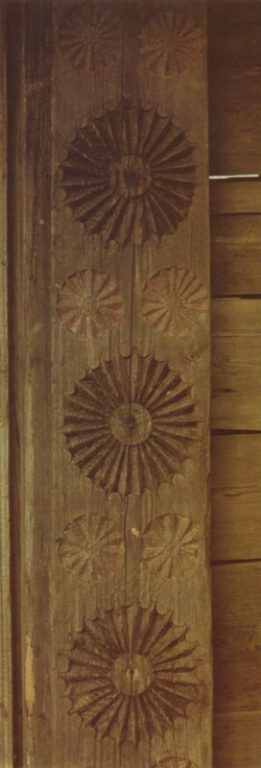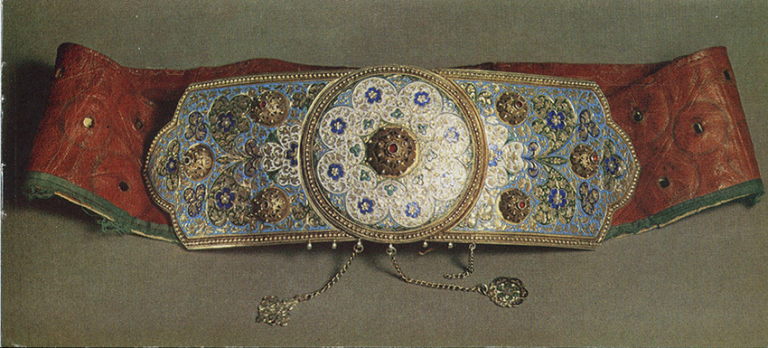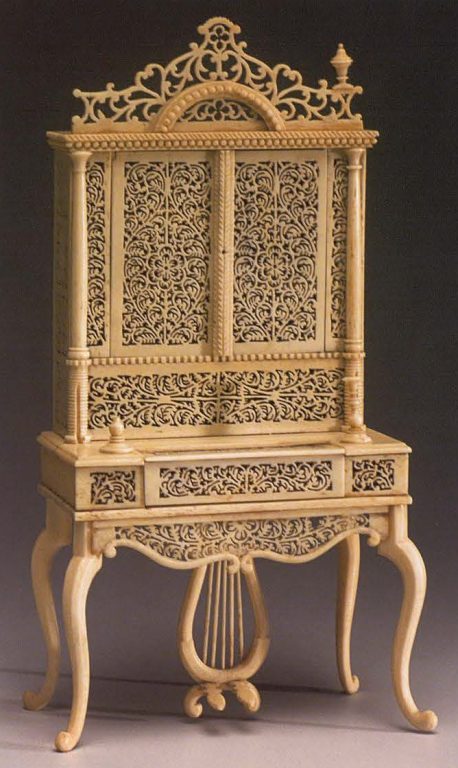

-
Composition
-
Elements
-
Type of sourceDatabase “Metropolitan Museum of Art”
-
Fund that the source refers toMetropolitan Museum of Art
-
The dushegreya in Russian costume is also commonly known as a “body warmer”. The style is seen both with and without sleeves. The cut is similar to the sarafan or the short epanechka bodice with the addition of padding and tubular pleats at the back. Sleeveless styles are cut straight across the body and hang from narrow straps. Dushegreya were worn over the sarafan for additional warmth when outdoors.
Together with 2009.300.614, this object was collected by Stewart Culin (1858-1929) during a collection expedition in 1923. Culin was the Brooklyn Museum’s first Curator of Ethnology, serving from 1903 to 1929. Possessing an insatiable curiosity and appetite for collecting objects of all kinds, Culin conducted over twenty worldwide collecting expeditions between 1901 and 1928. The trips covered American Indian territories, New England, Asia, India, Great Britain, and all of Eastern and Western Europe. The seven expeditions between 1917 and 1928 were specifically focused on collecting regional textiles and costumes from Eastern and Western Europe and, to a lesser extent, New England. Culin’s goals for these trips were not just to expand the Museum’s holdings, but also to preserve their cultural contexts. He did so through amassing photographs, notebooks, and ephemera which documented the social, commercial, and cultural circumstances surrounding their acquisition. His collecting philosophy embraced both rare and high-quality pieces as well as those which represented daily life or were of particular social or historical interest.






